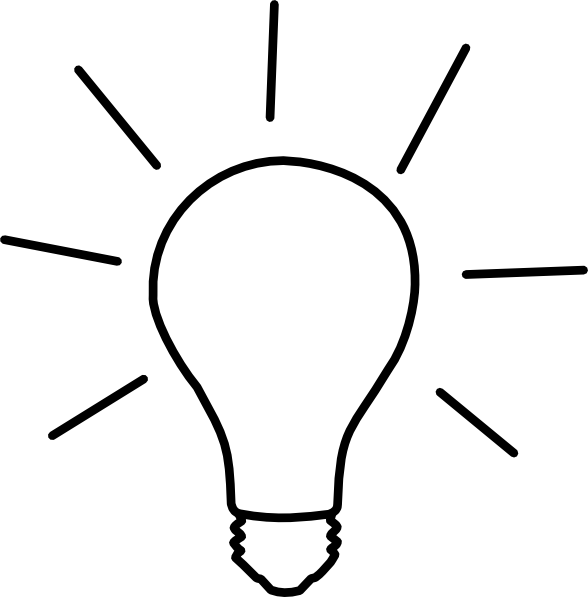
It is term three, I have taught for three years exactly, and only up until now have a really, truly, grasped the concept of ‘high order thinking’ and ‘creating to learn’.
Embarrassing or exciting? Both, definitely both.
Since Manaiakalani have employed researchers to study the effectiveness of our teachers to engage, motivate and accelerate, we have been given many recommendations to promote high order thinking and cognitive engagement. However, the hardest part for me on this journey was discovering HOW and WHAT it looks like in my classroom!
Over a course of only a few days all of the pieces of the puzzle have started to come together. Just this week I have heard and spoken to three amazing educators, who have helped me to see the light!
So, I am going to try summarise what switched on the old light bulb…
Last Friday - Rebecca Jesson Manaiakalani Hui 2014
Rebecca spoke about effective teachers of writing and compared the successful case study teachers, against the others.
This is what was evident with those case study teachers with high order thinking and cognitive engagement in their classrooms; students have plenty of opportunity to create to learn, discussions with students are rich, digital learning objects focus on synthesising and creating new concepts.
Wednesday - Kyla Hansell Tamaki Primary
Kyla based her toolkit around the SMAR model. This model explores four levels that determine how you are using the affordances of technology in your classroom. Are you making digital worksheet controlled by the teacher that requires low ordering thinking skills? Or are you providing your learners with opportunities to create to learn that is driven by them?
Thursday - Janine Tito Pt England School
I was speaking to a colleague about how I was exploring Blooms taxonomy in my classroom, when a another teacher overheard. Turns our that one of our very own teachers, taught for two years in a fully funded program that revolved around Blooms taxonmy. She shared resources, ideas and knowledge that got my brain ticking!
Friday - Dorothy & Fiona Manaiakalani Education Trust
Dorothy and Fiona led some awesome professional development during out third digital immersion day. Here are some points that stood out for me:
- A DLO or digital learning object = teaches people something in more than one sense - e.g. site, sound, motion, listening
- Using a new concept to create and synthesis - sharing the child's knowledge
- Instead of: “Here’s everything I know about x” focus on: “Here is everything you need to know about x”
- When the learning is clear, then and creation is clear!
It has been an amazing week full of questions, thinking and reflecting! Imagine if I was away? :)

